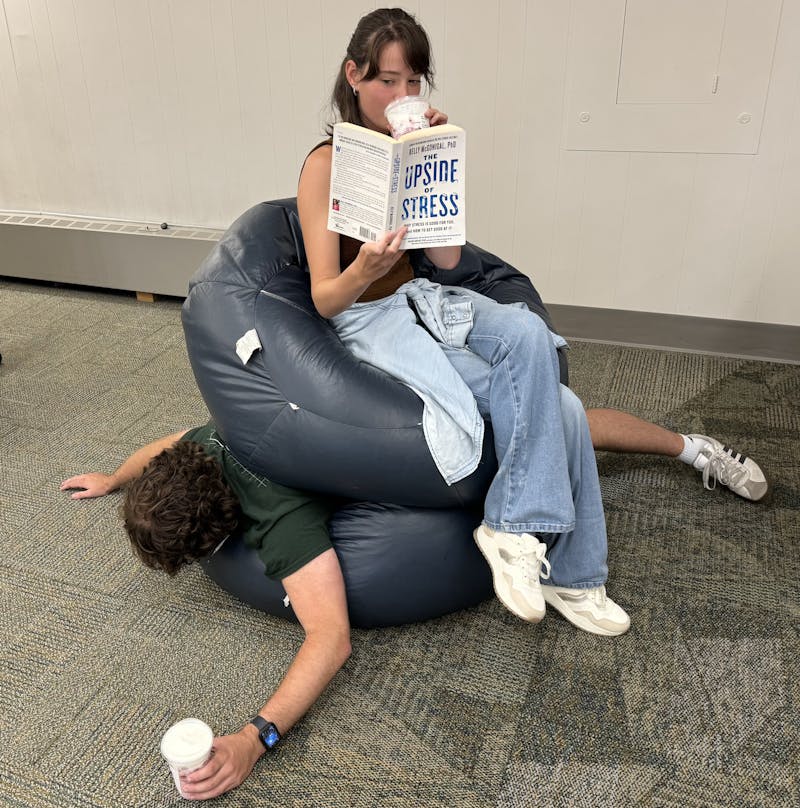Classrooms across campus are filled with coughing, sneezing students as well as empty seats from sick students; it is flu season.
The Center for Disease Control and Prevention released a statement on its website, www.cdc.gov, saying, “According to the latest FluView report, influenza activity remains high and widespread across the nation.”
In order to prevent the flu from spreading, there are steps that can be taken to keep good health.
The first step of flu prevention is to get a flu vaccination.
There are two methods of vaccination: a nasal spray or a shot.
The nasal spray consists of a weakened live flu virus that is sprayed into the nose, while the shot consists of an inactivate flu virus given by needle, according to the website, Flu.gov.
People cannot get the flu from the vaccine because the virus is weakened.
Many local drug stores and doctors’ offices offer both varieties of the flu vaccination.
For a listing of vaccination locations, visit www.flushot.healthmap.org.
Other preventative measures are to cough or sneeze into your elbow or to cover your coughs and sneezes with a tissue.
According to Flu.gov, “Most experts believe that you get the flu when a person with the flu coughs, sneezes, or talks and droplets containing their germs land in your mouth or nose.
You can also get the flu by touching a surface or object that has the flu virus on it and then touching your mouth, eyes or nose.”
Therefore, it is important to keep your hands away from your face to prevent from getting sick.
You can also try to boost your immune system by drinking lots of water, getting adequate sleep and eating healthy foods which are listed on Flu.gov.
It is important not to neglect your health routine, especially as students, because the added stress from classes can weaken your immune system and reflect negatively on your health during the flu season, as well as increase the chances of contracting other illnesses.
If you already have the flu, you can still prevent others from catching the virus.
“Stay home for at least 24 hours after your fever is gone without the use of fever-reducing medicine,” according to Flu.gov.
The website lists the symptoms of the flu as being “a 100 hundered degree Fahrenheit or higher fever or feeling feverish (not everyone with the flu has a fever), a cough and/or sore throat, a runny or stuffy nose, headaches and/or body aches.”
Any of these symptoms may indicate the flu or a common cold and may last for about two weeks.
The flu can be treated by getting plenty of rest, drinking clear fluids to stay hydrated and keeping warm to avoid chills, according to Flu.gov.
If symptoms worsen, be sure to contact a medical professional immediately to discuss further treatment.
Although these suggestions are not guaranteed to prevent catching the flu, they offer a defense against the virus that may prove to keep you well.
For more information about the flu and the flu report in the United States, visit www.flu.gov and The Center for Disease Control and Prevention website at www.cdc.gov.




The Slate welcomes thoughtful discussion on all of our stories, but please keep comments civil and on-topic. Read our full guidelines here.